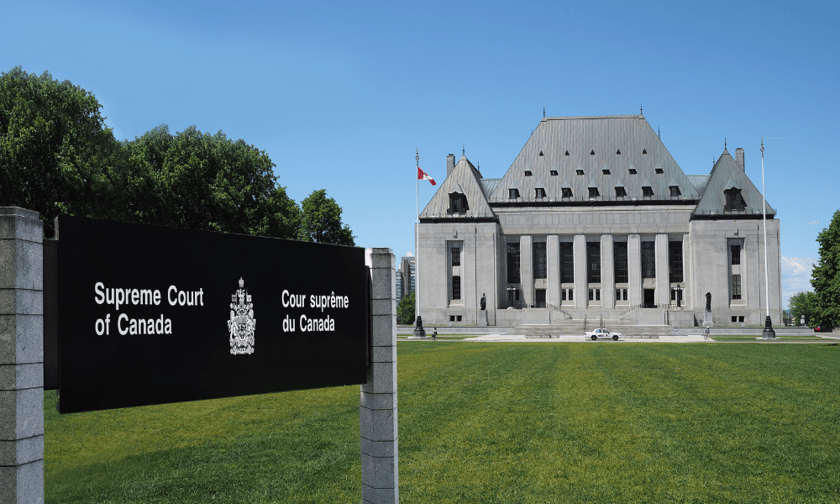

On April 10, 2025, the Supreme Court of Canada delivered its judgment in R. v. Pan, 2025 SCC 12, a significant criminal law appeal concerning jury instructions on lesser included offences and the use of jury aids. The case stems from the convictions of Jennifer Pan and her co-accused - David Mylvaganam, Daniel Chi-Kwong Wong, and Lenford Crawford - for the first-degree murder of Pan’s mother and the attempted murder of her father during a 2010 home invasion.
On the night of November 8, 2010, three armed intruders entered the Pan family home in Markham, Ontario. They shot both Bich-Ha Pan and Hann Pan - Jennifer Pan’s parents - execution-style in the basement. Mrs. Pan died instantly, while Mr. Pan survived despite severe injuries. Jennifer was found upstairs, bound with a shoelace, but unharmed.
The Crown’s theory was that Jennifer orchestrated the attack to escape a strict and controlling home environment, resume her relationship with Wong, and benefit financially from her parents' estates and life insurance policies. Jennifer allegedly coordinated the attack through Wong and Crawford, with Mylvaganam and others carrying it out. Jennifer denied plotting the murder and claimed she had earlier planned to have herself killed but later called it off.
At trial, defence counsel requested that the jury be permitted to consider lesser included offences - specifically, second-degree murder and manslaughter - in relation to the charge of first-degree murder. The trial judge denied the request, stating there was "no air of reality" to those alternate theories. The jury was instructed to consider only first-degree murder or acquittal.
The jury found all four accused guilty on both counts: the first-degree murder of Mrs. Pan and the attempted murder of Mr. Pan.
The Ontario Court of Appeal overturned the first-degree murder convictions, finding that the lesser included offences should have been presented to the jury. The court held that the "air of reality" standard was met and that the trial judge erred in his instructions. However, the Court of Appeal upheld the attempted murder convictions, reasoning that the error did not affect that count.
The Supreme Court upheld the Court of Appeal’s decision. It ruled that:
The dissenting justices argued that the trial judge was correct in excluding the lesser included offences from the jury. They believed that the evidence overwhelmingly supported the conclusion that both parents were intended targets and that no air of reality existed for alternative theories. They would have restored the first-degree murder convictions.
The ruling reinforces the principle that juries must be allowed to consider lesser included offences when there is a reasonable evidentiary foundation—known as the “air of reality.” The Supreme Court clarified how trial judges must approach this assessment, especially when circumstantial evidence and party liability are involved.
The Court also confirmed the proper use of jury aids, emphasizing the importance of fairness, accuracy, and judicial discretion.
Case information
Counsel
